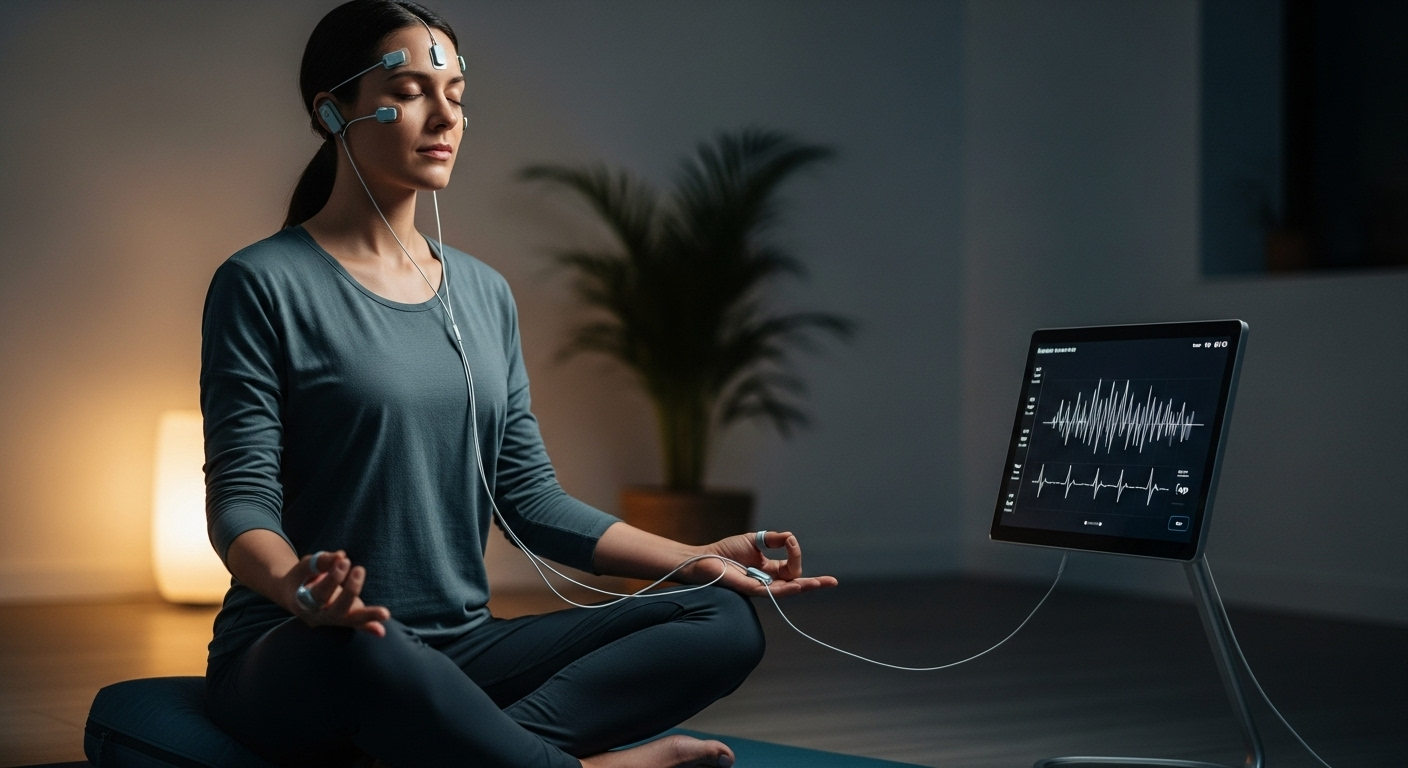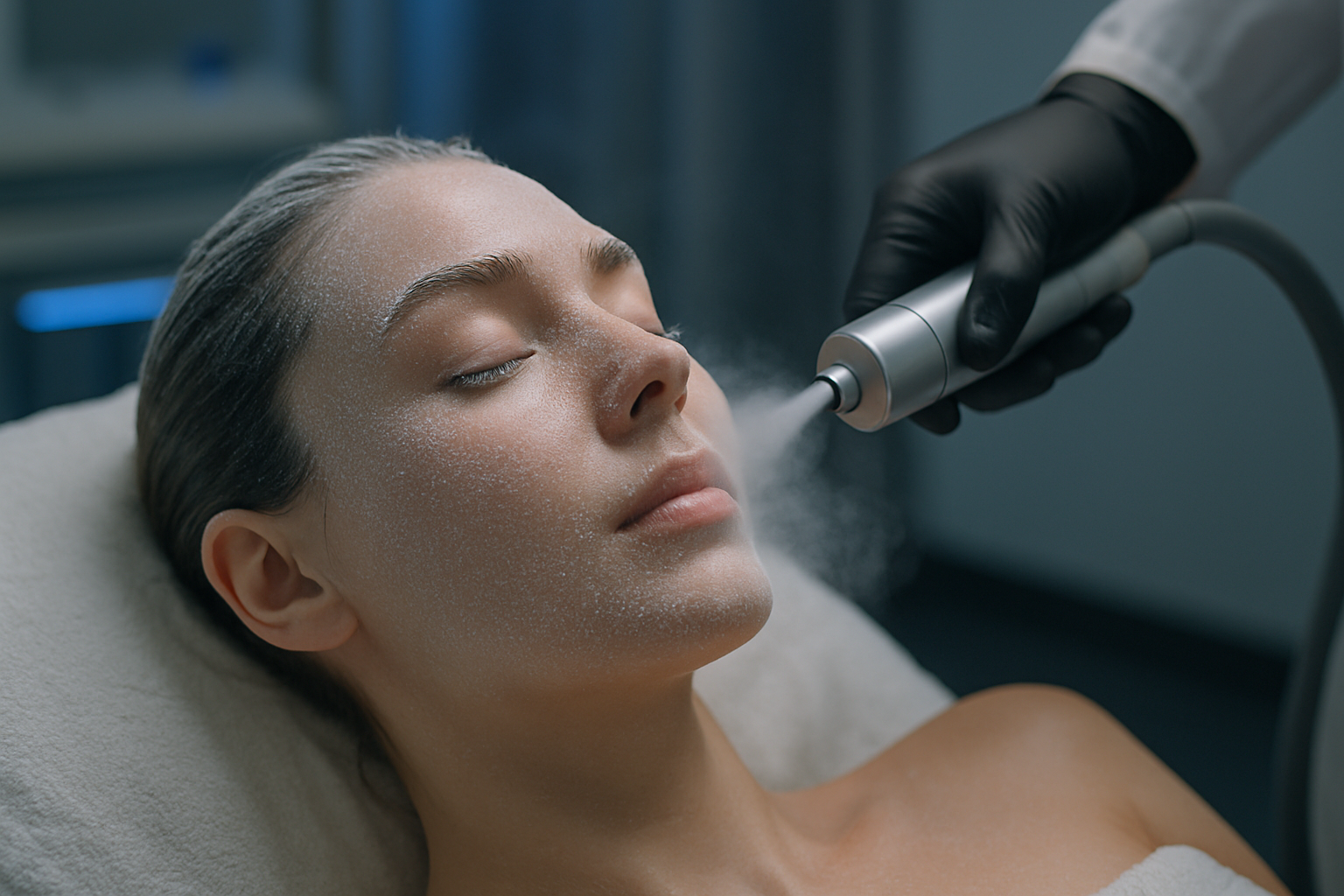Biofeedback Meditation: Syncing Mind and Body for Optimal Wellness
Can you imagine harnessing the power of your own physiology to achieve deep relaxation and improved health? Welcome to the world of biofeedback meditation, a cutting-edge wellness practice that's transforming how we approach stress management and overall well-being.

The concept of biofeedback itself isn’t new; it has roots in the 1960s when researchers began exploring ways to measure and display physiological processes. However, its integration with meditation practices is a more recent development, gaining traction in the wellness community over the past decade.
How Biofeedback Meditation Works
At its core, biofeedback meditation utilizes sensors to monitor various bodily functions such as heart rate, skin conductance, muscle tension, and brain waves. This information is then displayed in real-time, typically through visual or auditory cues on a computer screen or mobile device.
As practitioners meditate, they can observe how their thoughts and breathing patterns affect these physiological markers. This immediate feedback loop allows individuals to make subtle adjustments to their mental state, effectively training themselves to achieve deeper levels of relaxation and focus.
The Science Behind the Practice
Research into biofeedback meditation has yielded promising results. A study published in the Journal of Clinical Psychology found that participants who engaged in biofeedback-assisted meditation showed significant reductions in anxiety and improvements in overall mood compared to those practicing traditional meditation alone.
Moreover, neuroscientists have observed that regular biofeedback meditation can lead to lasting changes in brain structure and function. fMRI studies have revealed increased activity in areas associated with attention and emotional regulation, suggesting that this practice may have long-term benefits for cognitive and emotional well-being.
Benefits Beyond Stress Reduction
While stress management is often the primary focus, biofeedback meditation offers a wide array of potential health benefits:
-
Enhanced focus and concentration
-
Improved sleep quality
-
Better pain management, particularly for chronic conditions
-
Increased emotional resilience
-
Potential improvements in cardiovascular health
These benefits stem from the practice’s ability to foster a deeper mind-body connection, allowing individuals to tap into their body’s innate healing capabilities.
Integrating Biofeedback Meditation into Daily Life
One of the most appealing aspects of biofeedback meditation is its accessibility. With the proliferation of wearable technology and smartphone apps, many people can now practice this technique from the comfort of their homes.
However, it’s important to note that while technology plays a crucial role, the essence of the practice lies in developing mindfulness and self-awareness. Practitioners are encouraged to use the biofeedback data as a tool for deepening their meditation practice, rather than becoming overly fixated on the numbers.
Challenges and Considerations
As with any wellness practice, biofeedback meditation isn’t without its challenges. Some individuals may find the initial learning curve steep, as it requires simultaneously focusing on internal sensations and external feedback. Additionally, the cost of high-quality biofeedback equipment can be a barrier for some.
It’s also crucial to approach biofeedback meditation with realistic expectations. While it can be a powerful tool for improving well-being, it’s not a panacea and should be viewed as part of a holistic approach to health that includes proper nutrition, regular exercise, and adequate sleep.
The Future of Mind-Body Wellness
As technology continues to advance, the potential applications of biofeedback meditation are expanding. Researchers are exploring its use in treating a variety of conditions, from ADHD to PTSD. Some experts even envision a future where personalized biofeedback programs could be tailored to individual health needs and goals.
Biofeedback Brilliance: Quick Tips and Fascinating Facts
-
Start small: Begin with short, 5-minute sessions and gradually increase duration.
-
Consistency is key: Regular practice yields the most significant benefits.
-
Experiment with different feedback modalities to find what works best for you.
-
Some biofeedback devices can track over 5,000 data points per second.
-
The global biofeedback market is projected to reach $2.1 billion by 2026.
-
Astronauts use biofeedback techniques to manage stress in space.
-
Biofeedback can help improve athletic performance by enhancing mind-body coordination.
Embracing the Mind-Body Connection
Biofeedback meditation represents a powerful fusion of ancient wisdom and modern science, offering a unique pathway to enhanced well-being. By providing tangible insights into our physiological processes, it empowers us to take an active role in our health and offers a promising tool for navigating the stresses of modern life. As we continue to unlock the potential of this practice, it may well become an integral part of future wellness strategies, helping us achieve harmony between mind and body in an increasingly complex world.





